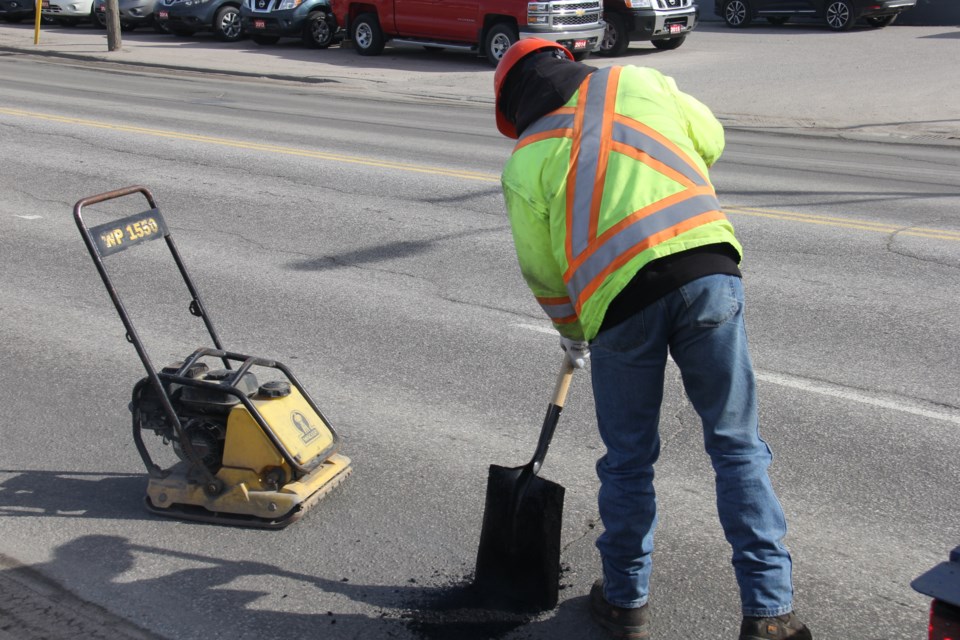It’s that time of the year when the city streets are prone to developing potholes.
As spring continues its freeze and thaw cycle, potholes will begin to develop on streets across the city at a quicker rate than normal.
"This creates driving challenges and can become an irritant and eyesore for motorists," says a news release.
Here is what you need to know about potholes and how the city addresses them.
How they form
Potholes become much more prevalent during the spring due to the freeze/thaw cycle. Water seeps into cracks in the pavement, saturating the soil underneath. Temperatures drop and the water in the soil freezes and expands, pushing up the asphalt. The constant traffic load breaks the asphalt causing surface holes. Further traffic load and weather conditions continue to cause the granular base to erode leaving the potholes.
Repairing Potholes
The winter and spring seasons typically present issues for crews when trying to patch potholes. During these seasons pothole fixes are generally only temporary because you can’t achieve a good bond between the pavement and the patch. As a result, the patches deteriorate quickly when subjected to the freeze/thaw cycles, traffic, and weather.
Report a Pothole
If you would like to report a pothole, please call Public Works at 705-474-4340. Provide a detailed description of the pothole’s location. The size of the pothole is very important, as those that are large, deep or threatening to traffic are addressed first.



